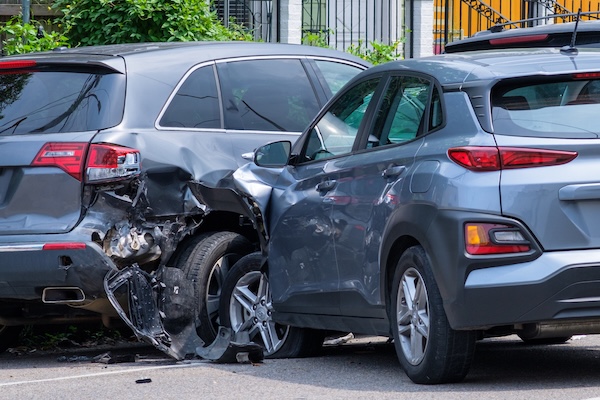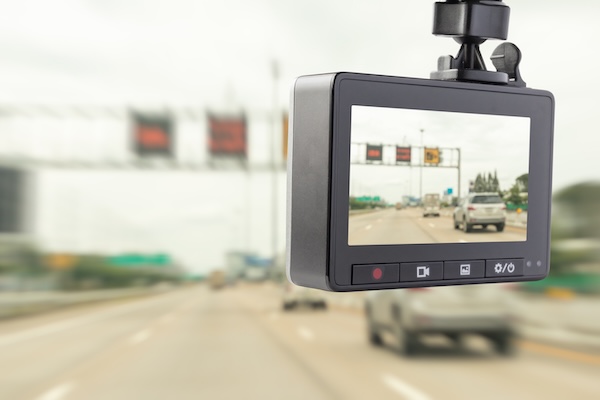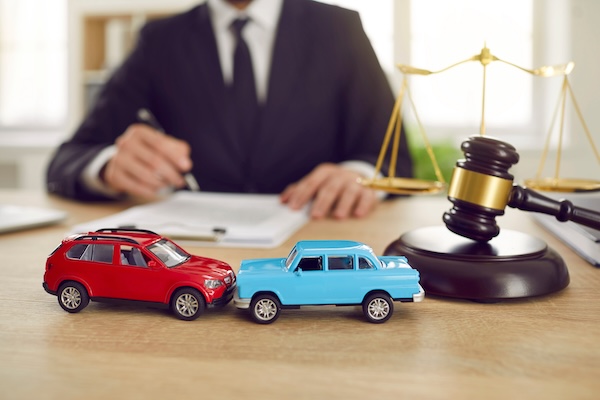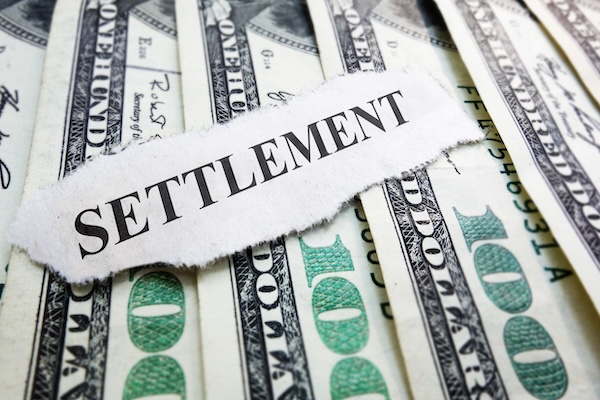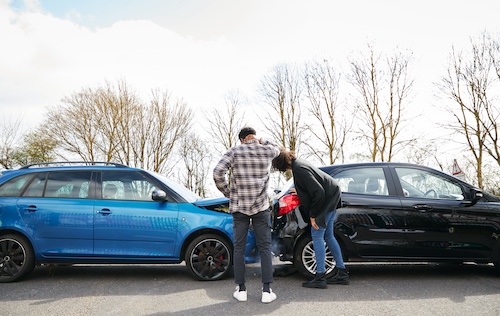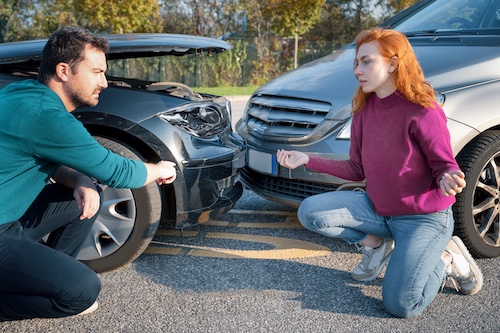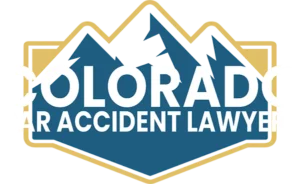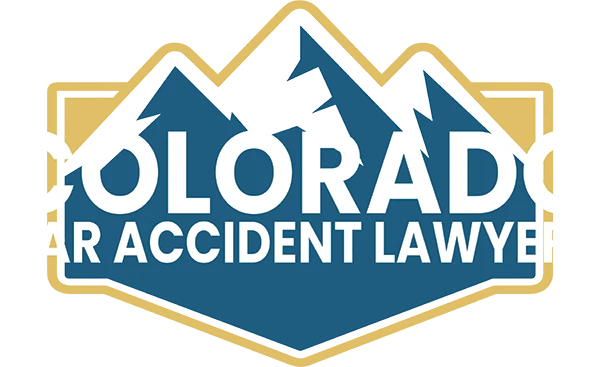Understanding Comparative Negligence in Colorado Car Accident Claims
Car accidents can be complicated, particularly when multiple parties share liability for the crash. In Colorado, the comparative negligence rule plays a crucial role in determining who is responsible for the accident and how much each party must pay for damages. Under the state’s modified comparative negligence system, your ability to recover damages depends on the degree to which your own negligence contributed to the incident. This means that if you were partially at fault, your compensation could be reduced based on your percentage of fault.
In such cases, insurance companies often try to shift blame to the claimant in an effort to minimize their payout or bar recovery altogether. They may argue that your negligence contributed significantly to the accident, which can affect the outcome of your claim. Understanding how comparative negligence works is essential for protecting your rights and ensuring that you don’t lose out on the compensation you deserve due to unfair fault allocation. A car accident lawyer can help guide you through this process and fight for the compensation you’re entitled to.
This blog post will break down how Colorado’s comparative negligence law applies to car accident claims. We’ll explain how fault is determined, the impact of plaintiff’s negligence on recovery, and what you can do if an insurer disputes your claim. By the end, you’ll better understand how this law affects your chances of receiving fair compensation and what steps to take to maximize your potential recovery.
What is Comparative Negligence?
Under tort law, negligence is the failure to act with reasonable care, resulting in harm to another person. In many accidents, more than one defendant or two parties may share responsibility for the crash.
Colorado follows a modified comparative negligence system, which allows an injured plaintiff to recover damages only if they are 50% or less at fault for the accident. However, if the claimant’s fault is 51% or greater, they are barred from recovery—meaning they receive no compensation at all.
Comparative Negligence vs. Contributory Negligence
- Contributory Negligence: Some states follow a strict contributory negligence system, where a plaintiff who is even 1% at fault cannot recover any damages.
- Pure Comparative Negligence Rule: Under a pure comparative negligence system, a plaintiff can still recover damages, even if they are 99% at fault, though their compensation is reduced by their degree of fault.
- Modified Comparative Negligence: Colorado’s approach falls between the two. If the plaintiff’s negligence is 50% or less, they can still receive compensation, but their recovery is reduced by their percentage of fault.
How Comparative Negligence Works in Colorado Car Accident Cases
In Colorado, determining liability in a car accident involves a detailed evaluation of the degree of negligence contributed by each party involved. The court, jury, or insurance company will thoroughly review the circumstances surrounding the accident to establish fault. Several key factors are considered when assessing negligence, including:
Failure to Follow Traffic Laws
One of the most significant factors in determining liability is whether a driver adhered to traffic laws. This includes whether drivers followed posted speed limits, stopped at red lights or stop signs, and yielded the right of way as required by law. If a driver failed to follow these basic laws and their actions contributed to the accident, they can be found negligent.
For example, a driver who runs a red light or fails to stop at a stop sign may be found primarily at fault, especially if their violation directly caused the crash.
Distracted or Reckless Driving
Another crucial factor is whether either driver was engaged in distracted driving or acted recklessly behind the wheel. Distracted driving includes behaviors like texting, talking on the phone, eating, or adjusting the radio while driving. If a driver’s attention was diverted from the road and it contributed to the accident, they can be considered negligent.
Similarly, reckless driving, such as tailgating, weaving in and out of traffic, or ignoring traffic signals, can significantly increase the degree of fault assigned to that driver. Reckless actions often heighten the severity of accidents, and the driver’s lack of caution may be a key factor in the court’s decision.
Whether the Other Driver Wantonly Caused the Crash
In some cases, a driver may have acted with wanton disregard for the safety of others. Wanton behavior refers to actions that show a blatant disregard for the safety of others, such as driving under the influence of alcohol or drugs, or deliberately engaging in aggressive driving behavior like road rage.
If the other driver wantonly caused the crash through such extreme behavior, the court may assign a higher degree of fault to them, particularly if their actions were deemed reckless and dangerous.
Speeding or Improper Lane Changes
Lastly, speeding or making improper lane changes can significantly impact liability in an accident. Speeding increases the risk of accidents by reducing reaction time and making it more difficult to control the vehicle. If one driver was speeding at the time of the collision, they could be found to have contributed to the accident.
Similarly, improper lane changes, such as swerving into another lane without signaling or without checking blind spots, can result in accidents and can be a key factor in determining fault. If the court finds that a driver’s improper lane change led to the crash, it can attribute a portion of fault to that driver.
Evidence Used to Determine Fault in a Car Accident
When an insurance company or court assesses fault in a car accident, several types of evidence are used to determine each party’s degree of negligence. Key forms of evidence include:
- Police Reports: Police reports document the details of the accident, including witness statements, the officer’s observations, and any traffic violations that occurred. These reports often play a critical role in establishing fault.
- Eyewitness Testimonies: Statements from those involved in the accident or bystanders can offer valuable insights into the events leading up to the crash, helping to clarify conflicting accounts and determine the actions of each driver.
- Dashcam or Surveillance Footage: Dashcam footage or surveillance video can provide direct visual evidence of the accident, showing whether one driver was speeding, ran a red light, or engaged in other negligent behavior leading to the crash.
- Accident Reconstruction: Accident reconstruction experts analyze the physical evidence at the scene, such as vehicle damage and skid marks, to determine how the accident occurred and assess the combined negligence of the involved parties.
- Medical and Property Damage Reports: Medical records document the injuries sustained in the accident, while property damage reports detail the extent of damage to vehicles. Both are crucial in understanding the impact of the accident and helping to establish the amount of damages owed.
Challenges of Proving Fault and Maximizing Compensation
When dealing with comparative negligence cases, insurance companies often try to reduce the amount of compensation or bar recovery altogether. They may use several strategies to shift the blame onto the plaintiff and lower their payout. Some common tactics include:
Arguing that the plaintiff’s negligence exceeds 50%
One of the most significant challenges in a comparative negligence case is when the insurance company claims that the plaintiff’s fault is greater than 50%. Under Colorado’s modified comparative negligence rule, if a party is found to be 51% or more at fault, they are completely barred from recovery. Insurance adjusters may attempt to inflate the plaintiff’s degree of fault in order to avoid compensating the injured party.
Highlighting minor mistakes to shift blame
In many cases, the plaintiff may make small mistakes, such as speeding a few miles over the limit or failing to use their turn signal. Insurance companies may seize on these minor errors and use them as a way to argue that the plaintiff was primarily at fault, even if the other driver’s actions were more negligent. They may try to use these mistakes to reduce the plaintiff’s compensation or make the case appear as if the plaintiff contributed more to the accident than they actually did.
Using statements made by the insured against them
Sometimes, statements made by the injured party at the scene of the accident or afterward can be used against them. For example, if the plaintiff says “I’m sorry” or admits that they didn’t see the other vehicle, an insurance company could interpret that as an admission of fault. These types of statements can be misconstrued and taken out of context, and insurance companies may attempt to use them as evidence to reduce or deny the claim.
To effectively combat these tactics, it is critical to seek legal representation from an attorney who is experienced in tort law and comparative negligence defense. A skilled lawyer can help investigate the accident, gather supporting evidence, and challenge any unfair claims made by the insurance company. Having an advocate on your side can help ensure that your rights are protected and that you receive the compensation you are entitled to.
What to Do If You’re Being Blamed for an Accident
If an insurance company is attempting to hold you liable for a car accident, follow these steps to protect your rights:
- Gather Evidence: Collect crucial evidence at the scene. Take clear photos of the accident, get contact information from witnesses, and obtain a copy of the police report. This evidence will help support your version of events.
- Avoid Admitting Fault: Be cautious with your statements. Even an apology or admission, like saying “I’m sorry,” could be used against you later to shift liability. Stick to the facts and avoid making any statements that could be misinterpreted.
- Seek Medical Attention: It’s important to seek prompt medical attention, even if you don’t feel injured right away. Documenting your bodily injuries early on strengthens your claim and ensures that you are properly treated.
- Contact a Lawyer: A Colorado car accident lawyer can guide you through the process, help challenge unfair fault assessments, and work to recover damages on your behalf. Legal expertise can ensure you don’t navigate this complicated situation alone.
How a Car Accident Lawyer Can Help
Dealing with an insurance company after a car accident can be challenging, especially when they argue that your negligence contributed to the incident. A lawyer can help in several ways:
- Investigate the Crash: A lawyer can gather evidence, such as witness statements and police reports, to challenge claims of negligence and ensure the correct party is held responsible.
- Negotiate with the Insurance Company: Your attorney will negotiate on your behalf to secure a fair settlement, ensuring you are not underpaid for your damages and injuries.
- Represent You in Court: If necessary, a lawyer can take your case to court, presenting your evidence and arguing for fair compensation if the insurer refuses to settle.
A lawyer who understands comparative negligence in Colorado can protect your rights and help you recover the compensation you deserve.
Get the Compensation You Deserve with Colorado Car Accident Lawyers
Colorado’s modified comparative negligence rule plays a critical role in determining your ability to recover damages after a car accident. If you are 50% or less at fault, you can still receive compensation, though it will be reduced based on your degree of fault. However, if you are 51% or more at fault, you are barred from recovery.
Insurance companies often try to shift blame to avoid paying out fair compensation. That’s why it’s essential to have strong evidence and experienced legal representation on your side. If you’ve been involved in a car accident and are struggling with an unfair claim, Colorado Car Accident Lawyers can help you fight for the compensation you deserve.
Contact us today for a free consultation—we’re here to ensure your rights are protected. Call us at 864-313-2487 and let us help you get the recovery you’re entitled to!
